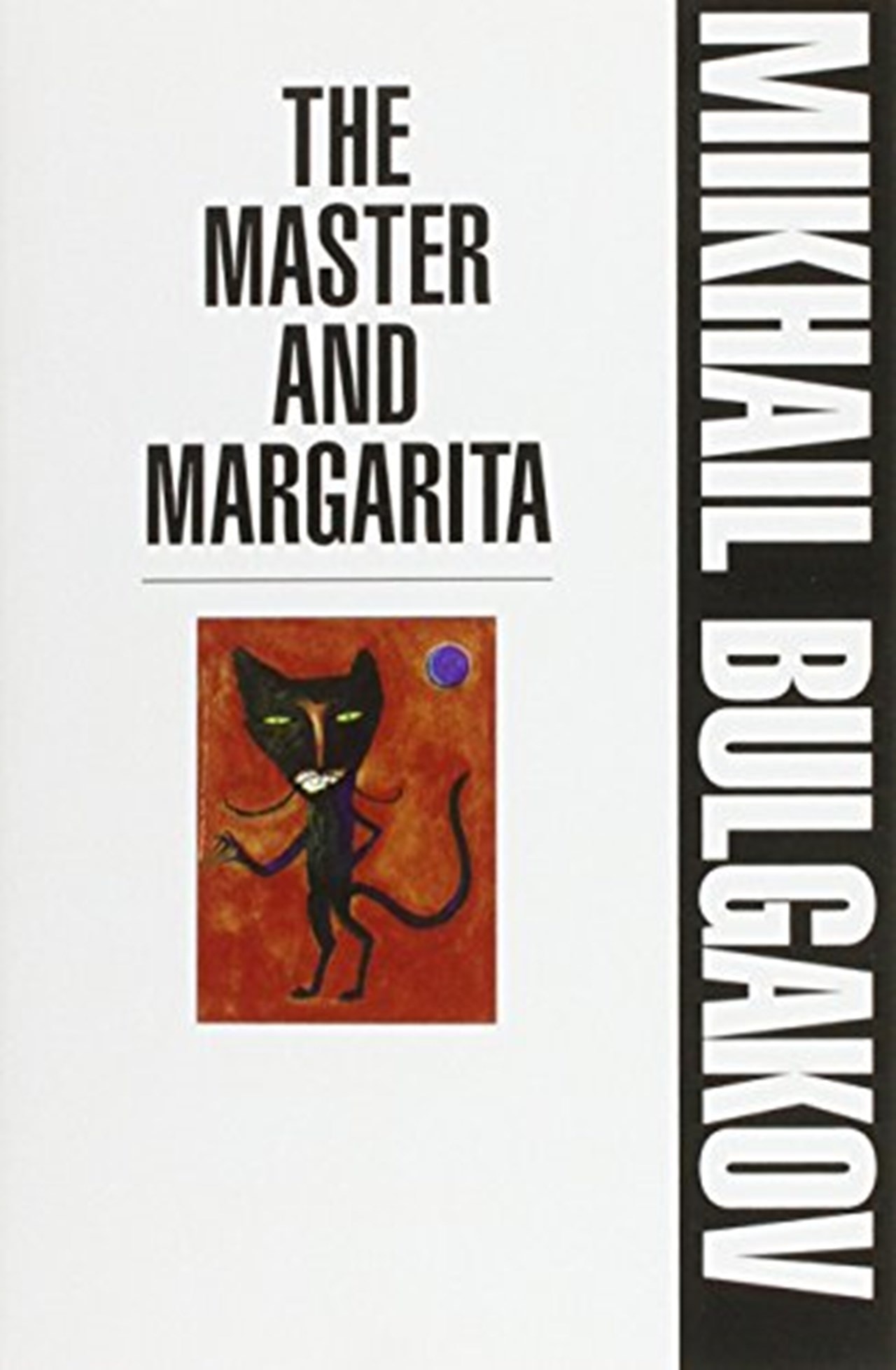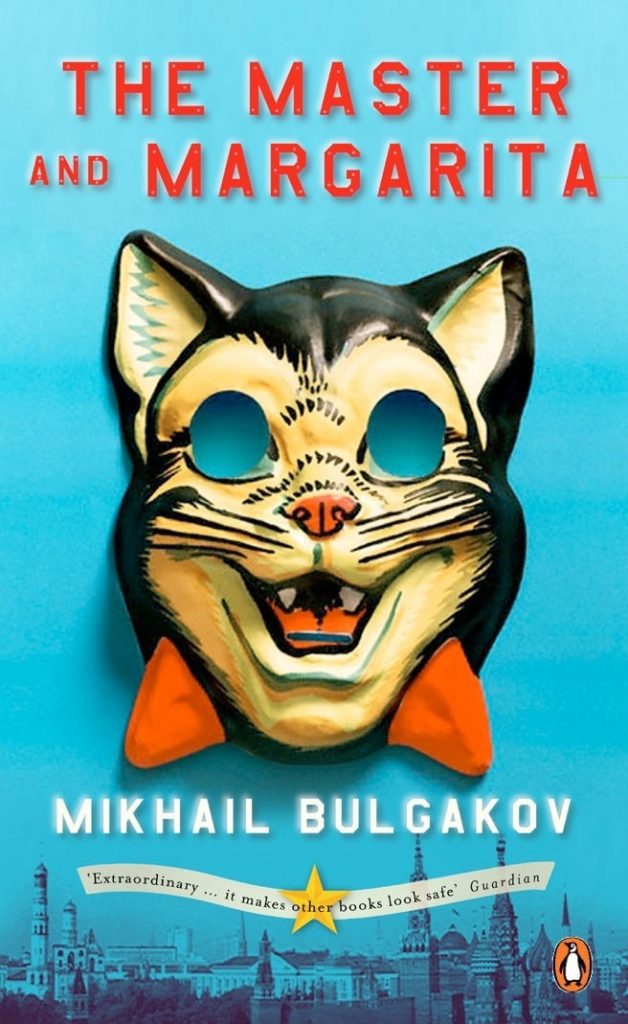
In 1969, the publisher Posev ( Frankfurt) printed a version produced with the aid of these inserts. The original text of all the omitted and changed parts, with indications of the places of modification, was printed and distributed by hand in the Soviet Union (in the dissident practice known as samizdat). The text, as published in the magazine Moskva in 1968, was swiftly translated into Estonian, remaining for decades the only printed edition of the novel in book form in the Soviet Union.

A manuscript was smuggled out of the Soviet Union to Paris, where the YMCA Press, celebrated for publishing the banned work of Aleksandr Solzhenitsyn, published the first book edition in 1967. This was not approved, which greatly affected the writing of the piece including the descriptions of the Master and his works.Ī censored version, with about 12 percent of the text removed and more changed, was first published in Moskva magazine (no. During this time, he wrote to Stalin asking to be allowed to leave Russia because he felt the literature critics at the time were proving that Bulgakov's writing did not belong in Russia. His novel was also written amidst heavy criticism for his other works and plays. When Bulgakov stopped writing four weeks before his death in 1940, the novel had some unfinished sentences and loose ends. He completed his second draft in 1936, by which point he had devised the major plot lines of the final version. He is believed to have drawn from this to create the Walpurgis Night ball of the novel. In the early 1920s, Bulgakov had visited an editorial meeting of an atheist journal. He started writing the novel in 1928, but burned the first manuscript in 1930 (just as his character The Master did) as he could not see a future as a writer in the Soviet Union at a time of widespread political repression. Mikhail Bulgakov was a playwright and author. Many critics consider it to be one of the best novels of the 20th century, as well as the foremost of Soviet satires. The Master and Margarita combines supernatural elements with satirical dark comedy and Christian philosophy, defying categorization within a single genre. The devil, manifested as one Professor Woland, challenges the Soviet citizens' beliefs towards religion and condemns their behavior throughout the book.

The story concerns a visit by the devil and his entourage to the officially atheistic Soviet Union. The novel has since been published in several languages and editions. A samizdat version circulated that included parts cut out by official censors, and these were incorporated in a 1969 version published in Frankfurt. The manuscript was not published as a book until 1967, in Paris. A censored version, with several chapters cut by editors, was published in Moscow magazine in 1966–1967, after the writer's death, by his widow. London: Palgrave.The Master and Margarita ( Russian: Мастер и Маргарита) is a novel by Soviet writer Mikhail Bulgakov, written in the Soviet Union between 19 during Stalin's regime. Histories of the devil: From Marlowe to Mann, and the Manichees. The city as a transient home: Residential patterns of Moscow workers around the turn of the twentieth century. Moscow, the fourth Rome: Stalinism, cosmopolitanism, and the evolution and the evolution of Soviet culture, 1931–1941. Russian Review 41: 373–399.īulgakov, Mikhail. History as Hippodrome: The apocalyptic horse and rider in The Master and Margarita. Oxford: Clarendon Press.īeathea, David M. Between two worlds: A critical introduction to the Master and Margarita.

In defence of the homeless: On the uses of history and the role of Bezdomnyi in The Master and Margarita. Slavic and East European Journal 43: 347–360. The mythic Bulgakov: The Master and Margarita and Arthur Drew’s The Christ Myth. Slavic and East European Journal 28: 533–537.
#MASTER AND MARGARITA FULL#
A note on May Eve, Good Friday, and the full moon in Bulgakov’s The Master and Margarita. All that is solid melts into air: The experience of modernity.


 0 kommentar(er)
0 kommentar(er)
